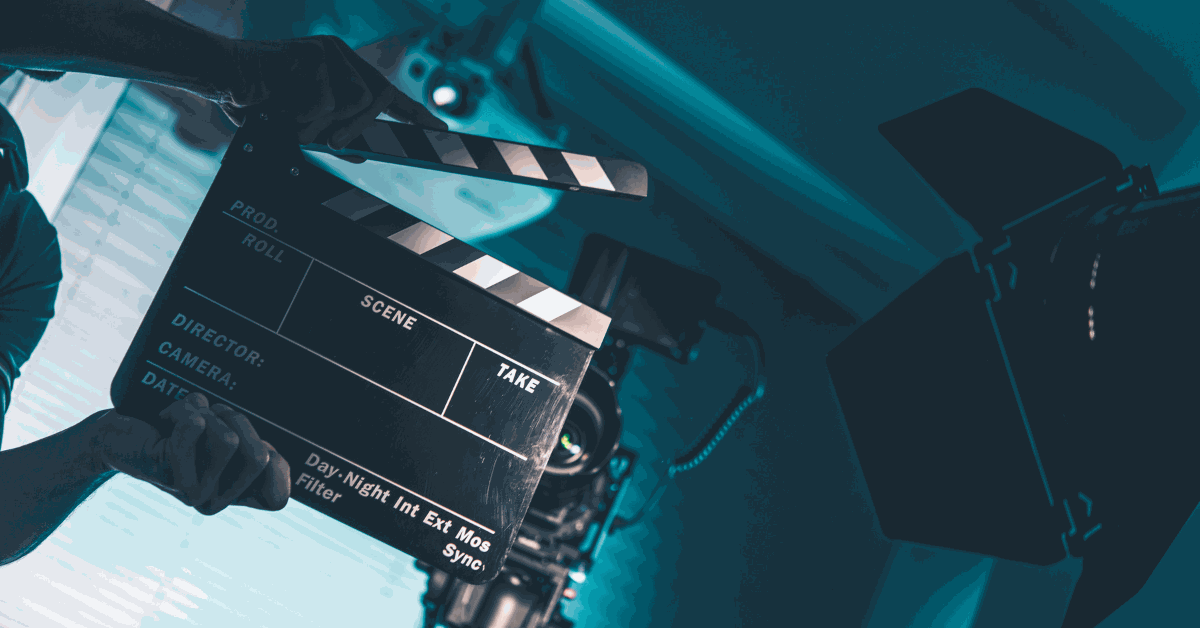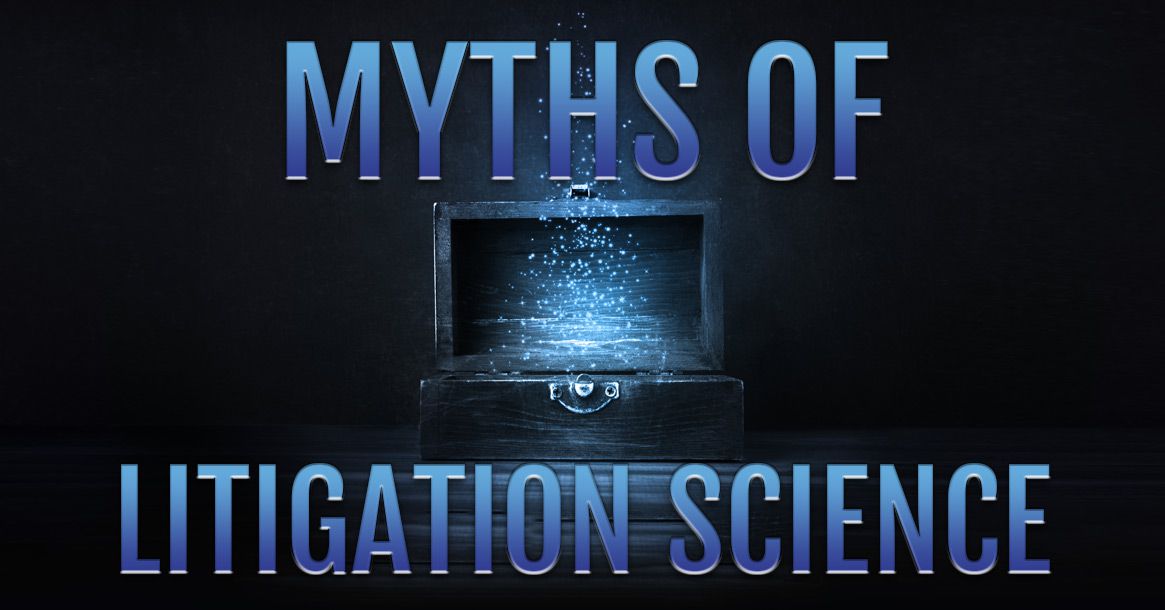Mock trials are a staple of trial preparation, but too often, they can fail to deliver reliable and scientifically valid insights. Many mock trials rely on outdated methods that prioritize persuasion over precision and fail to reflect how jurors process information in real courtrooms.
If defense attorneys want actionable data, not just confirmation bias, they must improve their approach by grounding jury research in the core principles of scientific validity and reliability.
What are scientifically sound alternatives to traditional mock trials for defense attorneys?
Using a single neutral presenter for both sides and short, realistic witness clips helps eliminate persuasion bias and more accurately measure juror feedback. Scientific alternatives for mock trials include segmented focus groups with immediate feedback collection and test–retest protocols to ensure validity and reliability.
Are You Measuring What You Think You’re Measuring?
Validity refers to whether the jury research truly assesses what it claims to assess. In mock trials, the key question is: does the research accurately simulate how real jurors will perceive your case at trial?
Too often, the answer is no.
Witness Testimony Needs to Be Represented Realistically
One major threat to jury research validity is omitting or downplaying witness testimony. Witness performance is one of the strongest predictors of liability outcomes. Yet in many mock trials, attorneys substitute long-form argument for actual testimony. Worse, some teams skip video testimony altogether due to convenience, cost, or time constraints.
That’s a mistake. Jurors don’t just process facts; they judge people. Perceptions of witness likability and credibility are formed quickly, often in the first few minutes. If you exclude witness video or rely solely on summaries or transcript readings, you’re measuring an incomplete version of the case, not the real thing.
When depositions aren’t videotaped, the next best option is to record mock direct and cross-examinations in the office. This helps add realism to the exercise and improve the validity of juror feedback.
Avoid False Positives
Without realistic stimuli, attorneys risk getting a “false positive.” For example, jurors may respond favorably to a defense story without seeing an unlikable and problematic witness, but that optimism ends once they see the actual performance. Better to find this out in jury research than mid-trial.
Are the Results Reliable?
Validity alone isn’t enough. Scientific research also requires reliability – the consistency of results over repeated trials and tests. No matter how compelling, a single data point can’t reveal whether findings are replicable.
Test–Retest Protocols
True reliability comes from conducting repeat focus groups or mock trials under controlled conditions. For instance, test the case with a specific witness clip, tweak the content or delivery, and then re-test with a fresh jury panel. If results remain consistent, it’s a reliable data set. If they don’t, you’ve found a vulnerability that requires attention.
And while many assume that repeat testing is cost-prohibitive, modern virtual focus group models reduce that barrier. Defense teams can run highly valid, highly reliable jury research projects in four-hour sessions via Zoom and for a fraction of the cost of traditional research projects. Virtual focus groups deliver better results and cost significantly less than traditional all-day, in-person mock trials.
Mock Trials and the Flaws of the Clopening Format
One of the most common mock trial structures is the “clopening” format. It combines opening and closing arguments into a single presentation. Although efficient, it is scientifically flawed.
Cognitive Overload
Real trials unfold in a segmented manner: openings, individual witnesses, demonstratives, then closings. Jurors receive information in chunks, with breaks and repetition. In contrast, clopenings dump every argument, visual, and summary into a condensed window. Due to this, jurors forget key details and offer feedback that’s more about their confusion than their conclusions.
Persuasion Contamination
Another flaw is presenter bias. If the attorney playing the plaintiff’s attorney is less polished or unfamiliar with the nuances of the case and the defense presenter is charismatic, juror reaction data will be incorrect.
Or imagine a mock trial scenario where the fill-in plaintiff’s attorney fumbles through a 55-minute, rambling summary of the case while the defense delivers a well-prepared, tight 30-minute presentation. Unsurprisingly, jurors will lean toward the defense. But the issue isn’t the content – it is the delivery. A situation like this contaminates the validity of the entire data set and renders the project invalid. In this situation, the data isn’t measuring the case. Instead, it is only relevant to the delivery.
The Focus Group Model Offers Cleaner Data and Better Decisions
To overcome these flaws, defense attorneys can adopt a modern scientific focus group model to improve the validity of jury research.
Use One Neutral Presenter for Both Sides
Instead of two attorneys representing each opposing side, have a single presenter explain both sides. This eliminates messenger bias and isolates juror reactions to the content itself, not the speaker.
Gather Immediate, Segment-by-Segment Feedback
Collect juror impressions immediately after each presentation segment. After an opening theme, pause and get reactions. Show a 5–10 minute witness clip, then collect feedback on credibility and clarity. Continue this throughout the session to avoid memory blending and ensure feedback is specific and actionable.
Shorter Clips Achieve the Same Insights
Defense teams don’t need 60-minute individual witness videos to get an accurate read. Research shows that jurors make decisions regarding credibility within the first few minutes. Shorter, strategically chosen clips reduce fatigue, lower costs, and make test–retest methods more feasible for defense teams. Plus, they help maintain the integrity of data.
Controlled Variations for Disputed Evidence
Unsure whether specific evidence will be admitted at trial? Test both scenarios separately. Don’t try to add additional information into jurors’ minds after the fact with “What if I told you…?” scenarios. Instead, run two separate groups. One with the evidence and one without to isolate its impact. This is how real scientific testing is conducted and delivers results you can have confidence in.
Improve Jury Research Validity with Courtroom Sciences
The courtroom is not a stage. It’s a data environment. Validity ensures attorneys measure the right variables while reliability ensures these insights are trustworthy. Litigation consultants can help the defense team identify weaknesses, stress-test strategies, and walk into mediation or trial with confidence, not guesswork.
Want more reliable results from your jury research? Consider replacing or supplementing outdated mock trial methods with scientifically valid, psychologically grounded approaches such as focus groups. Courtroom Sciences helps attorneys efficiently navigate litigation by providing psychological expertise, science-backed data, and expert support for all phases of litigation. Learn how CSI’s litigation consulting experts can improve outcomes for your next case.
Speak with one of our experts to get started.
Be confident in achieving superior litigation outcomes. CSI has the expertise, track record, and capabilities to help you win.



